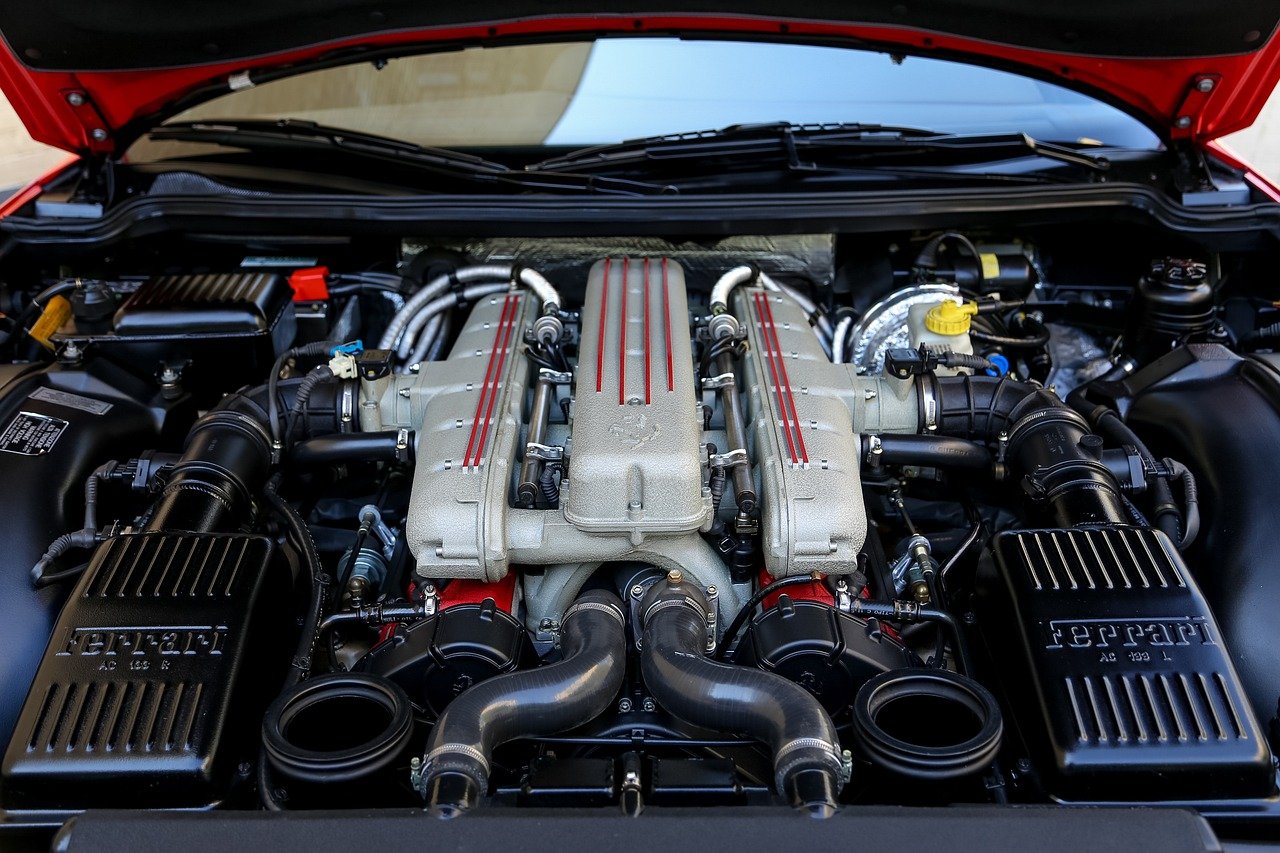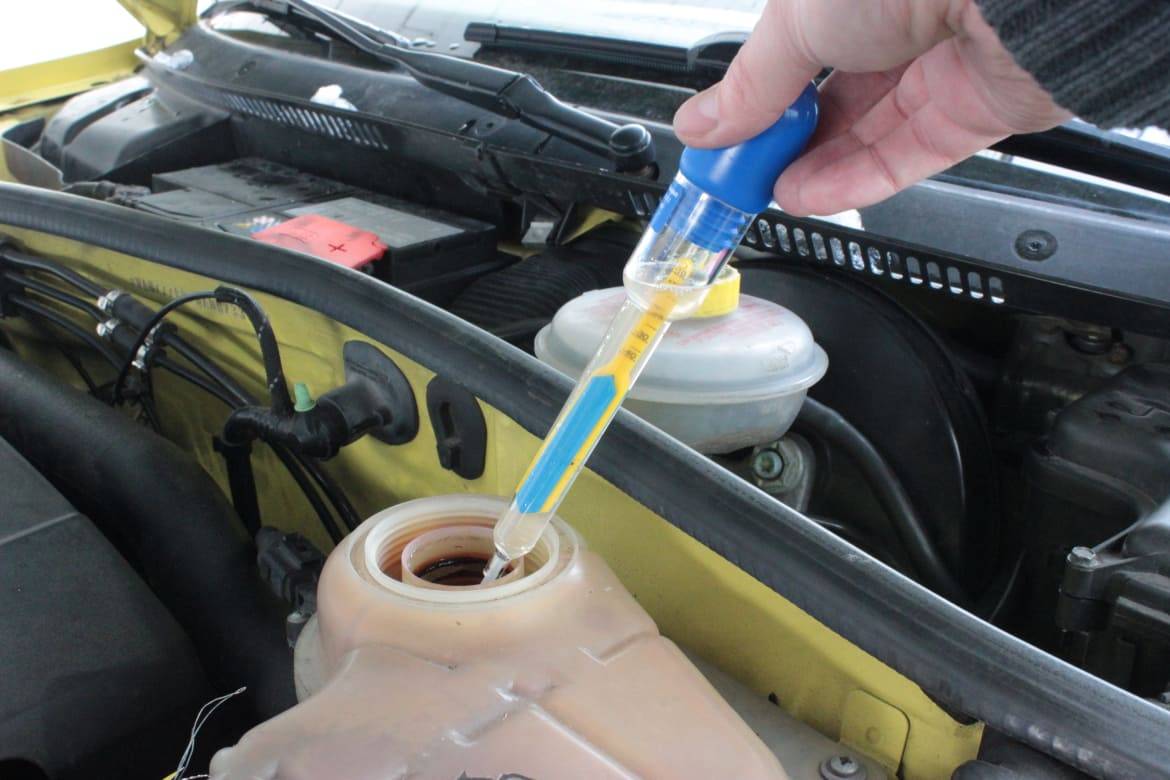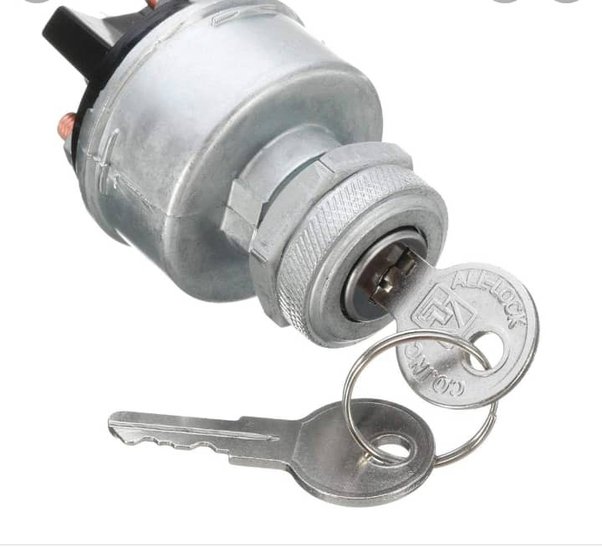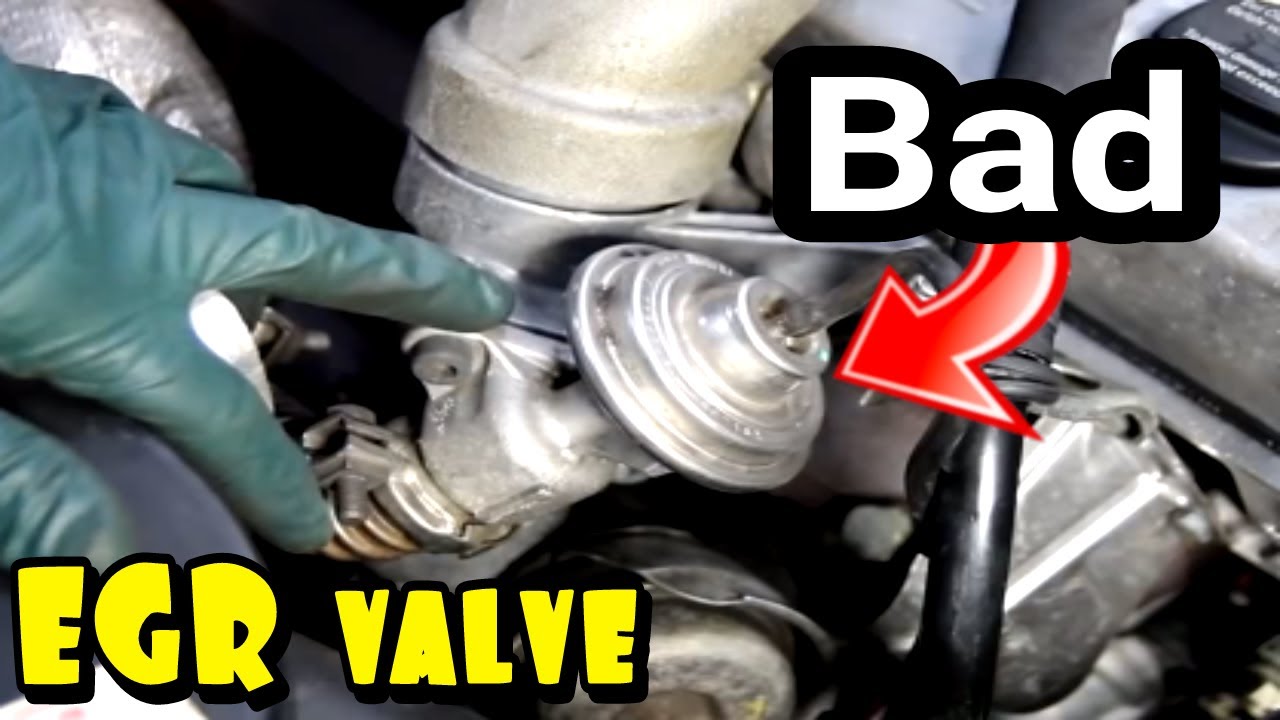How Often to Change Radiator Fluid
Radiator fluid should typically be changed every 30,000 to 60,000 miles. The specific interval can vary depending on the vehicle make and model.
Radiator fluid, commonly known as coolant or antifreeze, is essential for regulating the temperature of your vehicle’s engine. Over time, it can become contaminated or lose its efficacy, risking engine overheating and damage. Ensuring you adhere to the recommended maintenance schedule for your car can save you from costly repairs and extend the lifespan of your engine.
Vehicle manufacturers provide guidelines for service intervals which can be found in the owner’s manual or obtained from an authorized dealer. Regular checks of the coolant level and condition can also alert you to potential issues, such as leaks or corrosion, allowing you to address them promptly. Remember, maintaining the health of your radiator and cooling system is crucial for reliable engine performance and efficiency.
Radiator Fluid Basics
Understanding radiator fluid is key to maintaining a healthy engine. It circulates through your car’s engine and radiator. This fluid keeps the engine cool and prevents it from overheating. It is vital to know the function and types of coolant for proper vehicle care.
Function Of Radiator Fluid
Radiator fluid, also known as coolant, serves a dual purpose. It transfers heat and prevents freezing. In summers, it dissipates heat away from the engine. During winter, it stops the water from freezing. Over time, coolant degrades and requires a change to keep the engine working well.
Types Of Coolant
Not all coolants are the same. They come in different types, suitable for various vehicle models. Here’s a breakdown:
- IAT (Inorganic Additive Technology): Good for older models, changed every two years.
- OAT (Organic Acid Technology): Typically for newer models, lasts longer.
- HOAT (Hybrid Organic Acid Technology): A blend of IAT and OAT, offering balanced benefits.
Selecting the right type hinges on the car’s make and model. Always check the manufacturer’s recommendation before choosing.

Credit: www.carfax.com
Signs Of Aging Coolant
Radiator fluid, also known as coolant, keeps your engine cool and running smoothly. But like any other fluid in your car, it doesn’t last forever. Over time, the coolant can degrade, which may lead to engine overheating and costly repairs. Recognizing the signs of aging coolant is crucial to maintaining your vehicle’s health. Here’s what you should look out for:
Change In Color Or Consistency
New coolant usually appears bright green, red, blue, or yellow. A dark color may signal aging coolant. If the liquid looks murky or has particles floating in it, this is another sign that it’s time for a change. The consistency might also change, transforming from its original smooth texture to a sludgy or gooey substance.
Odor Or Foam
A healthy coolant system should not have a strong odor. If you notice a sweet smell coming from your radiator or under your car’s hood, it’s often a sign of a coolant leak, which requires immediate attention. Foam in the coolant can indicate that air is making its way into the system, possibly due to a crack or a failing head gasket. Keep an eye out for these unusual signs.
- Coolant should be clear and free of any debris.
- Check coolant levels regularly to prevent engine damage.
Recommended Change Intervals
Knowing how often to change radiator fluid is key to keeping your engine cool. Radiator fluid, or coolant, prevents overheating and corrosion. Follow these recommendations to keep your car running smoothly.
Manufacturer’s Guidelines
Always check your car’s owner manual first. Car makers detail specific intervals for changing coolant. It varies per model and brand. Adhere to these guidelines to maintain your warranty and car health.
Mileage Milestones
Most vehicles need a coolant change every 30,000 to 60,000 miles. Still, some can run up to 100,000 miles. Note your car’s mileage, and plan service accordingly.
Time Considerations
Time affects coolant too. Replace it every 5 years, or as recommended. Old fluid can’t protect as well, leading to expensive engine issues.

Credit: www.jdpower.com
External Factors Affecting Fluid Life
Understanding the External Factors Affecting Fluid Life is key to maintaining your vehicle’s cooling system. Radiator fluid, or coolant, is vital to keeping your engine at the right temperature. The fluid’s life can greatly vary due to several external elements. These factors include the climate you live in, your personal driving habits, and the age and condition of your vehicle.
Climate Conditions
The weather plays a massive role in radiator fluid degradation. In areas with extreme temperatures, both hot and cold, coolant breakdown occurs faster. Here’s how climate influences fluid life:
- Hot climates: More stress on cooling systems, leading to more frequent changes.
- Cold climates: Antifreeze properties are crucial, needing regular checks.
Driving Habits
Your driving patterns also affect the radiator fluid’s longevity. Consistent, smooth driving maintains fluid integrity longer than harsh driving. Highlighting driving habits:
| Driving Habit | Impact on Fluid Life |
|---|---|
| Stop-and-go city driving | Shortens fluid life |
| Long highway commutes | Preserves fluid integrity |
| Frequent short trips | Accelerates fluid breakdown |
Vehicle Age And Condition
Older vehicles or those in poor condition often require more frequent fluid changes. Age and condition immensely dictate the coolant’s performance. Points to consider:
- Vehicles over 10 years old may need more frequent changes.
- Routine maintenance identifies deteriorating parts affecting fluid life.
- Regular inspections preempt coolant system issues.
Changing Your Radiator Fluid
Maintaining your car includes changing the radiator fluid. Over time, coolant breaks down and loses its efficiency. Mechanics suggest replacing radiator fluid every 30,000 to 50,000 miles. This ensures your engine stays cool and runs smoothly.
Diy Steps
Changing your radiator fluid at home can be straightforward:
- Gather supplies like coolant, a drain pan, and gloves.
- Allow the car to cool to avoid burns.
- Locate the drain plug under the radiator.
- Drain old fluid into the pan.
- Close the drain and refill with new fluid.
- Run the engine to circulate the coolant.
- Check for leaks and dispose of old fluid properly.
Professional Service Options
For those less comfortable with DIY, consider professional options:
- Dealerships offer brand-specific expertise.
- Auto repair shops provide services with warranties.
- Quick lube spots offer convenience and speed.
- Look for certified mechanics.
Professionals check the entire cooling system, ensuring your car’s health.
Maintenance And Monitoring
Keeping your car in top shape includes taking care of your radiator fluid. This liquid keeps your engine cool and safe. It’s important to change it often. The right schedule stops big problems. Let’s explore how to keep track.
Regular Checks
Smart drivers check their radiator fluid often. Every month is a good start. Use this simple list to stay safe:
- Look at the color: It should be clear, not cloudy.
- Check the level: It needs to be full.
- Inspect for leaks: No drops or puddles should be under your car.
Post-change Checks
After you change the fluid, do these checks:
- Start the engine. Let it run for a few minutes.
- Watch for overheating.
- Turn off the engine. Let it cool.
- Open the radiator cap. Be careful. Check the fluid level again.
- Add more if it’s low.
Keeping Records
Write down every change in a log. This way, you won’t forget. Use this table:
| Date | Mileage | Notes |
|---|---|---|
| Jan 1, 2023 | 30,000 miles | New fluid added. |
Keep your engine happy with good radiator fluid care!
Frequently Asked Questions Of How Often To Change Radiator Fluid
When Should Radiator Fluid Be Replaced?
Typically, radiator fluid should be changed every 30,000 to 60,000 miles or every 5 years, whichever comes first. However, always check your vehicle’s owner’s manual for specific recommendations regarding your make and model.
What Are Signs Of Needing Radiator Fluid Change?
Look out for rusty or murky radiator fluid, overheating engine, or a sweet smell emanating from the engine area. If your vehicle’s heat isn’t working well or you notice fluid leaks, these can also indicate it’s time to change your radiator fluid.
Can Old Radiator Fluid Harm My Engine?
Yes, old radiator fluid can harm the engine. It loses its anti-corrosive and anti-freeze properties over time, which can lead to overheating, rust, and corrosion within the cooling system components.
How Much Does It Cost To Change Radiator Fluid?
The cost to change radiator fluid varies, but it generally ranges between $50 to $150. Price depends on the vehicle model and whether it’s a complete flush or just a replacement.
Conclusion
Regular maintenance, including radiator fluid changes, is crucial for vehicle health. Aim to swap out this fluid every 30,000 to 60,000 miles, or as recommended by your manufacturer. Consistent checks can prevent overheating and costly repairs. Trust your car’s longevity to a routine that includes timely radiator fluid replacement.
Drive confidently knowing you’re taking proactive steps to ensure your vehicle’s performance.







